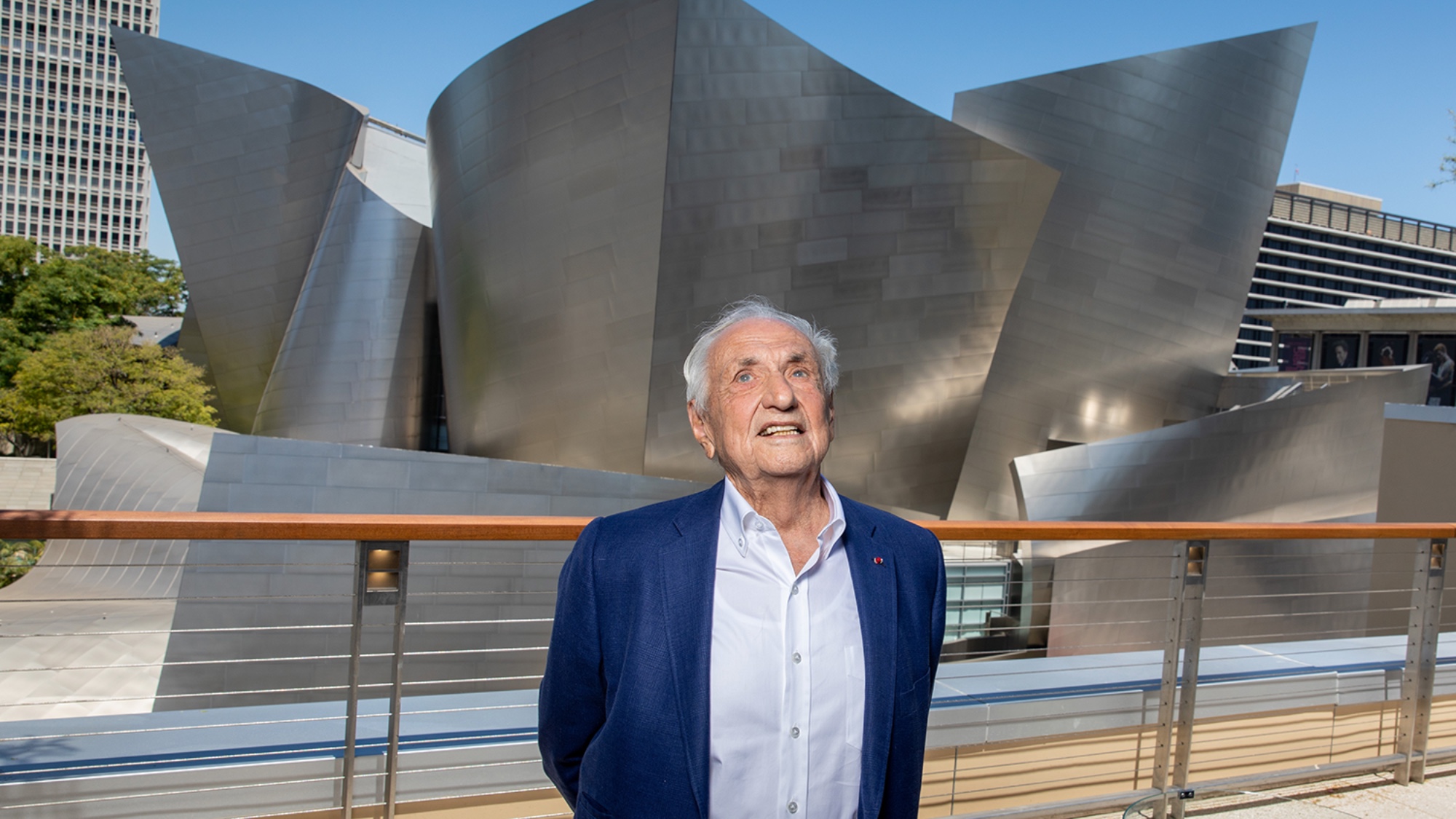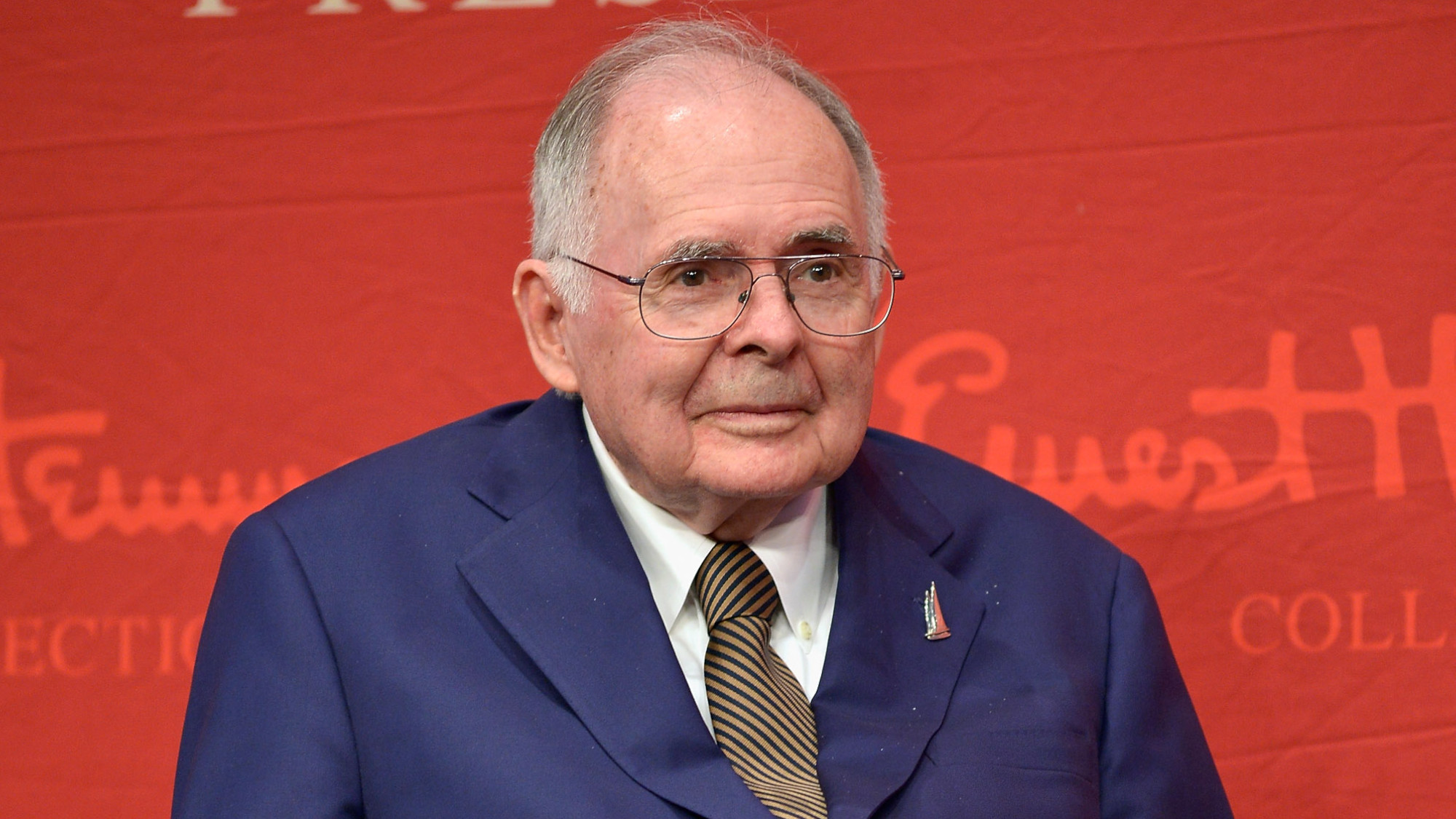The scholar who pioneered ‘queer theory’
Eve Kosofsky Sedgwick
Eve Kosofsky Sedgwick
1950–2009
“If Eve Kosofsky Sedgwick did not exist,” said The Toronto Star, “social conservatives might have had to invent her.” Beginning in the 1970s, Sedgwick was a leading proponent of the controversial academic field of queer studies, which sought to uncover homoerotic elements in the work of such literary giants as Shakespeare and Dickens.
The Week
Escape your echo chamber. Get the facts behind the news, plus analysis from multiple perspectives.

Sign up for The Week's Free Newsletters
From our morning news briefing to a weekly Good News Newsletter, get the best of The Week delivered directly to your inbox.
From our morning news briefing to a weekly Good News Newsletter, get the best of The Week delivered directly to your inbox.
Sedgwick, who graduated from Yale with a Ph.D. in English, taught that “sexual desire and sexual identity exist on a continuum, spilling over the neat labels we create to contain them,” said The New York Times. Thus, she said, any understanding of literature must include “the possibility of a sexual relationship” between same-sex characters. In Melville’s Billy Budd, for example, she argued that Budd’s nemesis, John Claggart, is a homosexual “presented as different in his essential nature than the normal men around him.” Not until 1989, though, while a professor at Duke University, did she make headlines, with her paper “Jane Austen and the Masturbating Girl.” Teasing out Austen’s “hidden references” to self-abuse, the essay became a flashpoint in the modern culture wars and “a symbol of wacky, out-of-touch academics.” Time called her a “nutty professor.” Sedgwick weathered the storm and produced many other works, including papers with such titles as “How to Bring Your Kids Up Gay” and “Is the Rectum Straight?”
Sedgwick died of breast cancer, which had been diagnosed in 1991. At the time of her death, she was working on “Proust and the Little Queer Gods.” She is survived by her husband of 40 years, optometry professor Hal Sedgwick.
A free daily email with the biggest news stories of the day – and the best features from TheWeek.com
-
 Political cartoons for January 4
Political cartoons for January 4Cartoons Sunday's political cartoons include a resolution to learn a new language, and new names in Hades and on battleships
-
 The ultimate films of 2025 by genre
The ultimate films of 2025 by genreThe Week Recommends From comedies to thrillers, documentaries to animations, 2025 featured some unforgettable film moments
-
 Political cartoons for January 3
Political cartoons for January 3Cartoons Saturday's political cartoons include citizen journalists, self-reflective AI, and Donald Trump's transparency
-
 Joanna Trollope: novelist who had a No. 1 bestseller with The Rector’s Wife
Joanna Trollope: novelist who had a No. 1 bestseller with The Rector’s WifeIn the Spotlight Trollope found fame with intelligent novels about the dramas and dilemmas of modern women
-
 Frank Gehry: the architect who made buildings flow like water
Frank Gehry: the architect who made buildings flow like waterFeature The revered building master died at the age of 96
-
 R&B singer D’Angelo
R&B singer D’AngeloFeature A reclusive visionary who transformed the genre
-
 Kiss guitarist Ace Frehley
Kiss guitarist Ace FrehleyFeature The rocker who shot fireworks from his guitar
-
 Robert Redford: the Hollywood icon who founded the Sundance Film Festival
Robert Redford: the Hollywood icon who founded the Sundance Film FestivalFeature Redford’s most lasting influence may have been as the man who ‘invigorated American independent cinema’ through Sundance
-
 Patrick Hemingway: The Hemingway son who tended to his father’s legacy
Patrick Hemingway: The Hemingway son who tended to his father’s legacyFeature He was comfortable in the shadow of his famous father, Ernest Hemingway
-
 Giorgio Armani obituary: designer revolutionised the business of fashion
Giorgio Armani obituary: designer revolutionised the business of fashionIn the Spotlight ‘King Giorgio’ came from humble beginnings to become a titan of the fashion industry and redefine 20th-century clothing
-
 Ozzy Osbourne obituary: heavy metal wildman and lovable reality TV dad
Ozzy Osbourne obituary: heavy metal wildman and lovable reality TV dadIn the Spotlight For Osbourne, metal was 'not the music of hell but rather the music of Earth, not a fantasy but a survival guide'